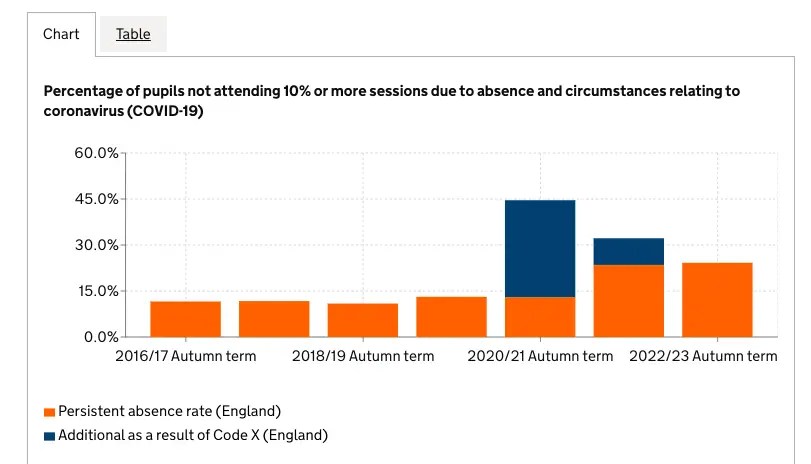A lot of research evidence suggests tech companies and academia are biased against women.
There are number of quantitative and qualitative research studies which show that recruitment and employment practices are biased against women, despite the fact that employers claim to be meritocratic.
In this post I focus on gender bias in tech companies and academia.
Sexism in tech companies
The tech industry is the peak of gender bias in employment, with only 25% of tech company founders saying they weren’t interested in diversity or work-life balance at all, which severely disadvantages women because they are more likely to be have higher loads of domestic responsibilities.
An analysis of 248 performance reviews from a variety of tech companies found that women are a lot more likely to receive negative personality criticism than men.
Women were called bossy, abrasive, strident, aggressive, emotional and irrational, and usually told to watch their tone and step back. For the most part men’s personality traits didn’t come up in these reviews, and on the rare occasions they did, they were criticised for not being aggressive enough.
Women make up only 25% of employees in the tech sector and 11% of its executives, and more than 40% of women leave tech companies after 10 years compared to only 17% of men, with women leaving mainly because of ‘workplace conditions’, ‘undermining behaviour from managers’ and ‘a sense of feeling stalled in one’s career’.
One of the possible reasons for gender bias in tech is that the historic recruitment practices are based on male gender stereotypes: the ‘ideal type’ of person who would be good at coding as overwhelmingly male characteristics, so the recruiters think.
For example, any recruitment program involving multiple choice maths tests are male biased, and there is a historic network-bias towards men that helps them get tech jobs.
Historically antisocial people have been stereotypically seen as good coders, which automatically disadvantages women who historically tend to do more social and emotional labour.
Some tech firms also use social data to trace the interests of prospective applicants. In one example, a ‘preference for Manga’ was seen as solid predictor of someone having good coding skills, and it is mainly boys and men who look at Manga sites.
Research has also found that the stronger you believe in meritocracy, the more likely you are to act in a sexist way, which is a particular problem in the tech sector, because tech founders tend to have a very strong belief that they are super meritocratic. In reality, according to the research, they are not meritocratic.
Sexism in Academia
Female students and academics are significantly likely to receive funding or get jobs than men, and where mothers are seen as less competent, being a father can work in a man’s favour.
Studies have shown that double-blind peer-reviewing results in a higher proportion of female articles being accepted for publication, but most journals and conferences do not adopt this practice.
Men self-cite 70% more than women, and citations are a key metric in determining career progression, so this can perpetuate gender inequality in academia.
When it comes to teaching women are asked more often to do undervalued admin work and are more likely to be loaded with extra teaching hours which impacts their ability to do research and get published.
Teaching evaluation forms are biased against females to the extent that it is statistically significant. An analysis of 14 million reviews on ‘RateMyProfessors.com’ found that female professors are more likely to be dubbed as ‘mean’ ‘unfair’ or ‘annoying’ and they more likely to get glib and offensive comments about their appearance.
Female academics also have to do more emotion work than males, as students with emotional problems usually go to female staff not male for help.
There is also a catch 22 situation where women are penalised if they aren’t deemed sufficiently warm and accessible, but if they go too far this way they are criticised for not being authoritative and professional.
Two simple solutions
Firstly, companies need to sex-disaggregate available data to analyse the relative performance of men and women in companies, and then they’d probably find that men and women have equal performance.
Secondly, they need to have gender-blind recruitment practices as these have persistently shown that more women get hired when they are adopted.
The biggest barrier to more gender equality in the workplace is algorithmic recruitment programs which claim to be neutral but actually have a gender bias hard wired into them, as with combing social data.
Signposting and sources
This material is supporting evidence for the view that there is still gender inequality in society, and shows us that Feminism is still relevant today.
The material above was summarised from Perez (2019) Invisible Women: Exposing Data Bias in a World Designed for Men.
Like this:
Like Loading...


















